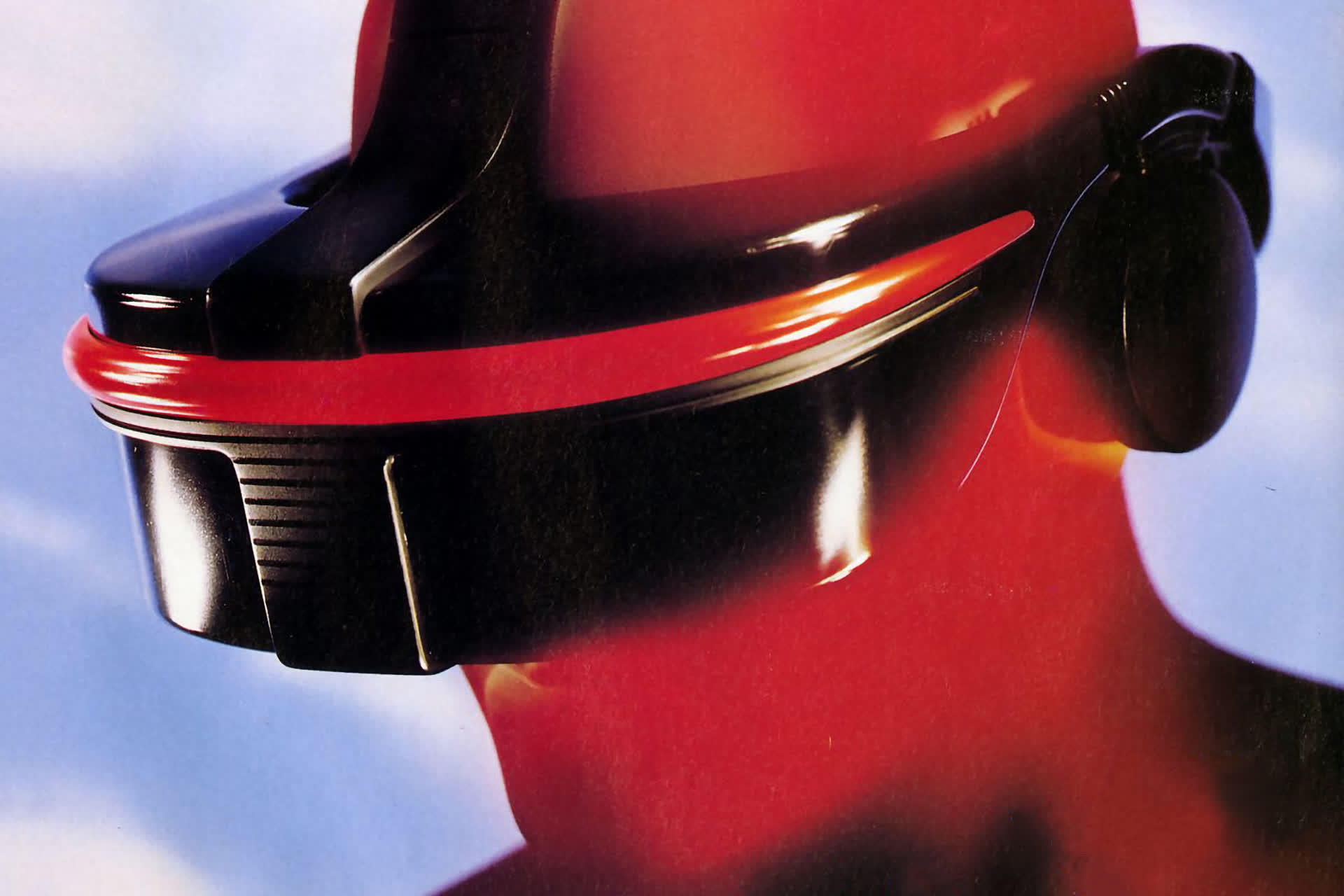The big picture: The late 80s through the mid-90s was a fascinating time in the video game industry. While popular history might initially suggest otherwise, frontrunners Nintendo and Sega were more than willing to take risks in search of the next big thing.
Nintendo rolled out the Super FX coprocessor to boost graphics capabilities in select Super Nintendo games and even worked with Sony on an unreleased prototype console that would ultimately become the PlayStation. Sega, meanwhile, was delving into optical-based gaming with the Sega CD and pushing graphics to the next level with the 32X add-on for the Genesis.
Both companies also explored new ways of interacting with games. Nintendo rolled out the Power Glove and Super Scope accessories and the Virtual Boy "3D" platform. Sega experimented with virtual reality as well, though its peripheral, the Sega VR, never made it into production for home consoles.
As Rich Whitehouse, the head of digital conversation with The Video Game History Foundation, recounts, Sega's proposed headset shared a lot in terms of fundamental design with today's VR headsets. The problem is that it was never released, so what little we do know about the hardware comes from patent documents, marketing material, firsthand accounts and trade show appearances.
In such instances, it's often viable to turn to the software for additional clues. "The software will tell you exactly what it expects of the hardware, and given those expectations, you might find that you have enough information to emulate the hardware," Whitehouse said.
And that's exactly what he was able to do.
Whitehouse was able to get in touch with Dylan Mansfield over at Gaming Alexandria, who reached out to Kenneth Hurley, co-founder of Futurescape Productions, which worked on a Sega VR title called Nuclear Rush. Remarkably, Hurley was able to dig up a 26-year-old disc that contained the game's complete source code as well as code and tools for another game he was working on at the time.
For the sake of brevity, we'll cut right to the chase. Whitehouse was able to resurrect the game and even get it running on modern virtual reality equipment.
If you're at all interested in this sort of thing, I'd highly recommend checking out Whitehouse's blog post. It goes into great detail about how he was able to reconstruct the game and emulate it running on a Sega VR headset.
